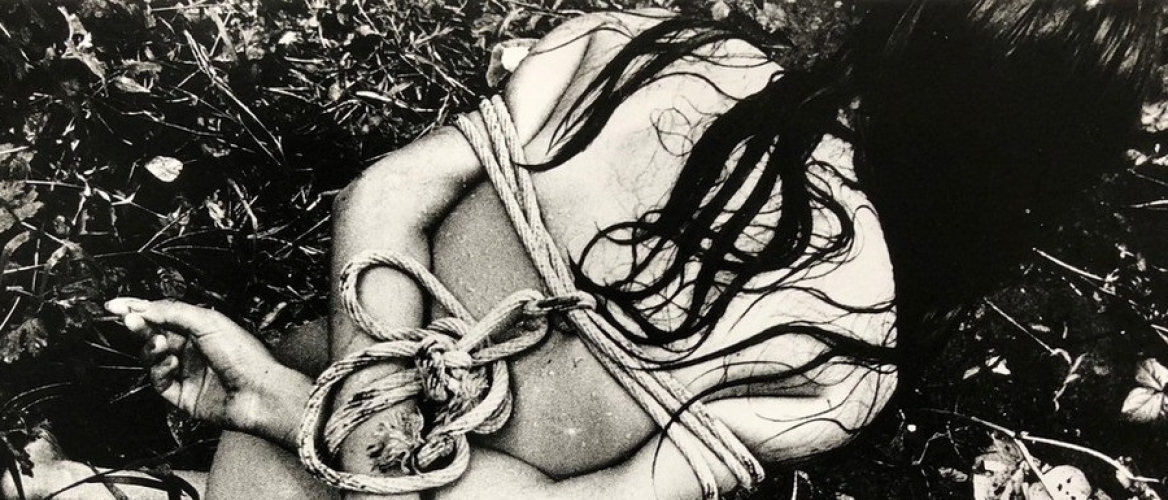
Daidō Moriyama (b. 1938) is a world-known photographer honored with the prestigious Infinity Award for Lifetime Achievement from the International Center of Photography in New York in 2004 and the Hasselblad Award in 2019. Paradoxically, the manifest of Moriyama is his album entitled ‘Farewell, Photography‘ (1972). Nevertheless, one of his statements makes him a subject of great interest for us: ‘My basic recognition is that the world is full of eroticism’ (cobosocial.com).
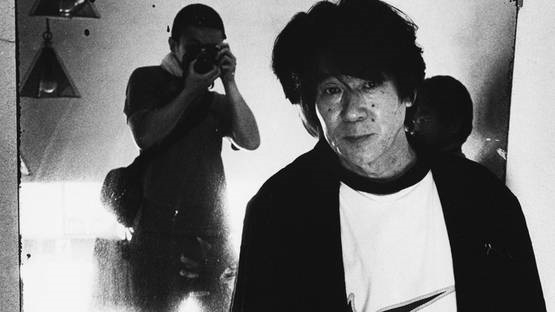
Fig. 1. Daidō Moriyama (widewalls.ch)
Hell In Four Acts
Moriyama was born in Ikeda, Osaka. Initially, he was interested in painting and shifted to photography at the age of 21. In Osaka, he studied photography with Takeji Iwamiya, who mainly produced the photographs of Japanese architecture. Apparently, Moriyama exploited urban themes in his albums under the influence of Iwamiya. At the age of 23, the young artist moved to Tokyo and assisted Eikoh Hosoe for three years. The impact of Hosoe in Moriyama’s works is probably the contrast and majorly black and white colors of his photographs. The first Moriyama’s collection of works entitled ‘Nippon gekijō shashinchō,’ 1968 (‘Japan: A Photo Theater’) displayed the life of a traveling theater group in an urban setting. Moriyama was invited by the writer Shuji Terayama to take photographs of actors. The album, prefaced by Terayama’s poems under the title ‘Hell In Four Acts, As Seen Outside the Playhouse,’ was an impressive result of their collaboration.
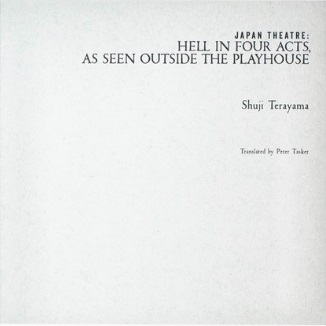
Fig. 2. Page from the edition of ‘Nippon gekijō shashinchō‘ (shashasha.co)
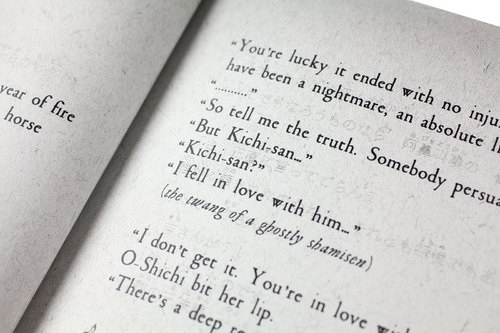
Fig. 3. Page from the edition of ‘Nippon gekijō shashinchō‘ (shashasha.co)
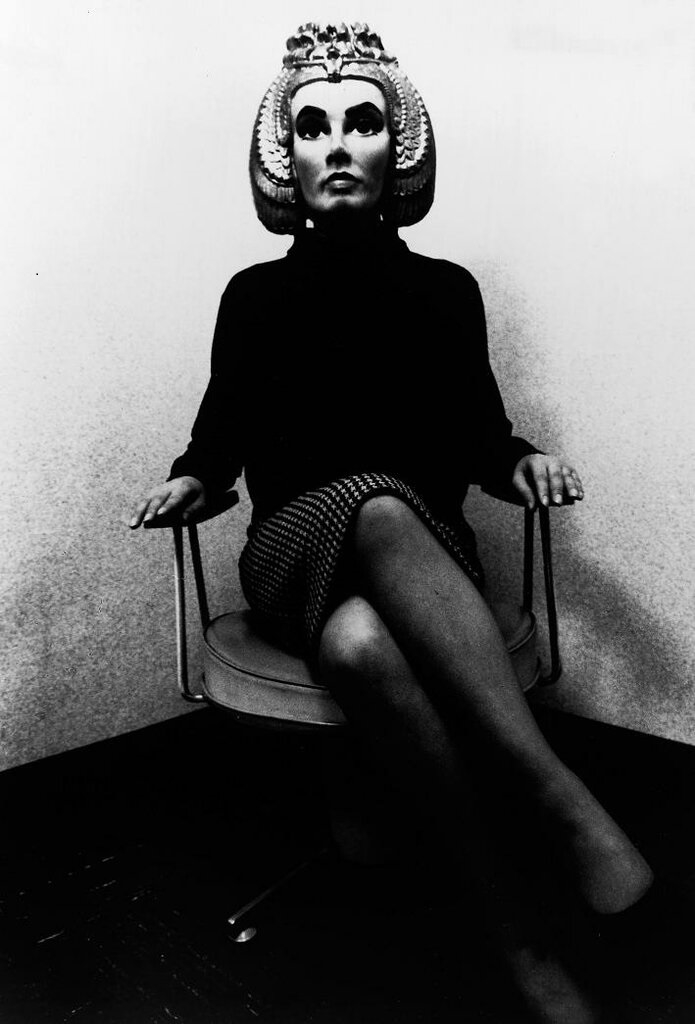
Fig. 4. Image from the edition of ‘Nippon gekijō shashinchō‘ (liveinternet.ru)
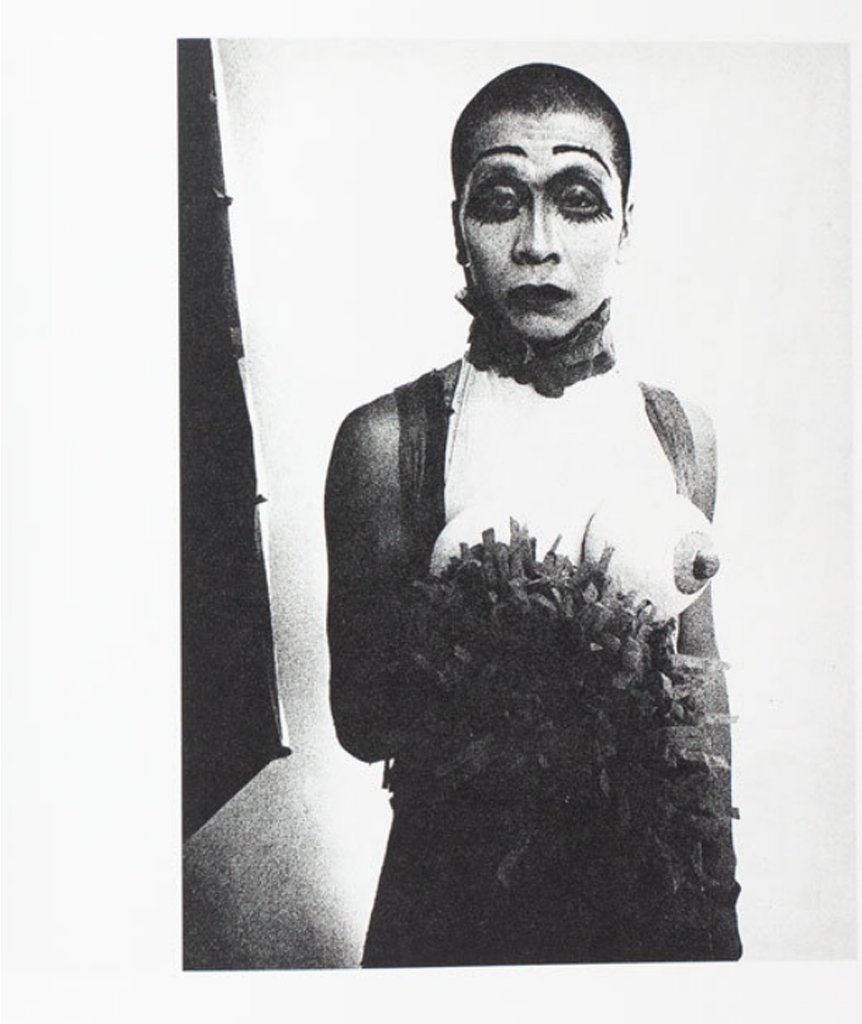
Fig. 5. Image from the edition of ‘Nippon gekijō shashinchō‘ (donlonbooks.com)
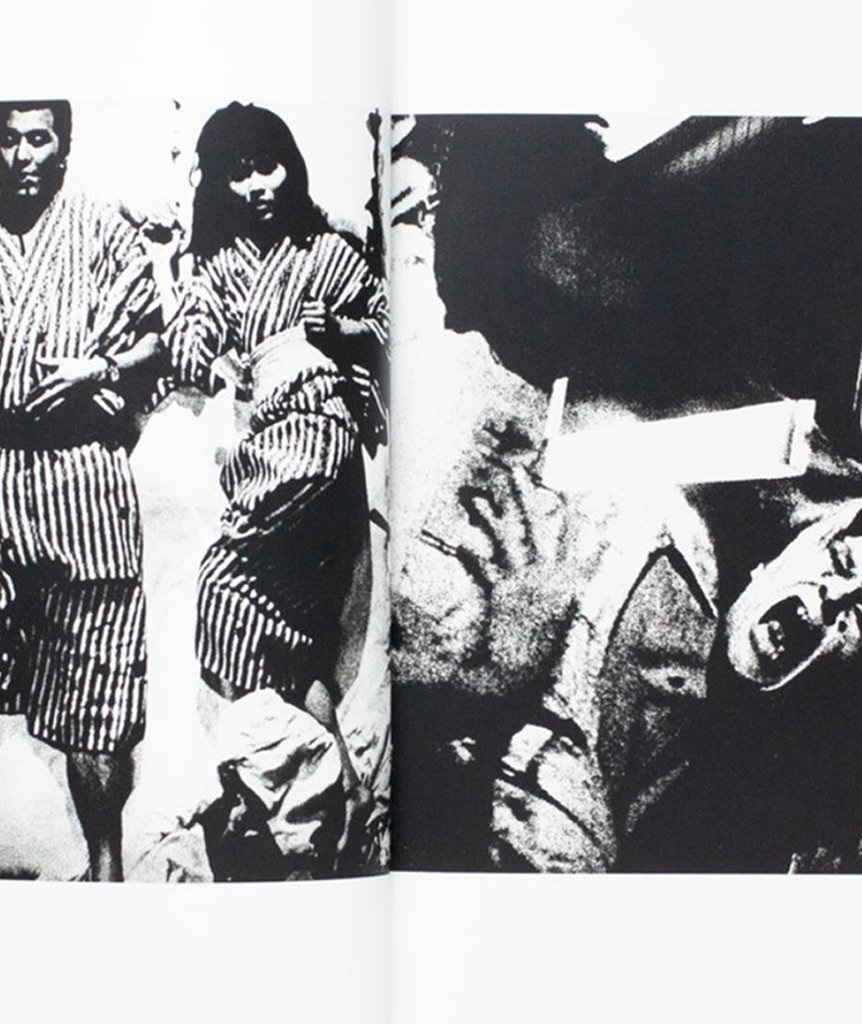
Fig. 6. Image from the edition of ‘Nippon gekijō shashinchō‘ (donlonbooks.com)
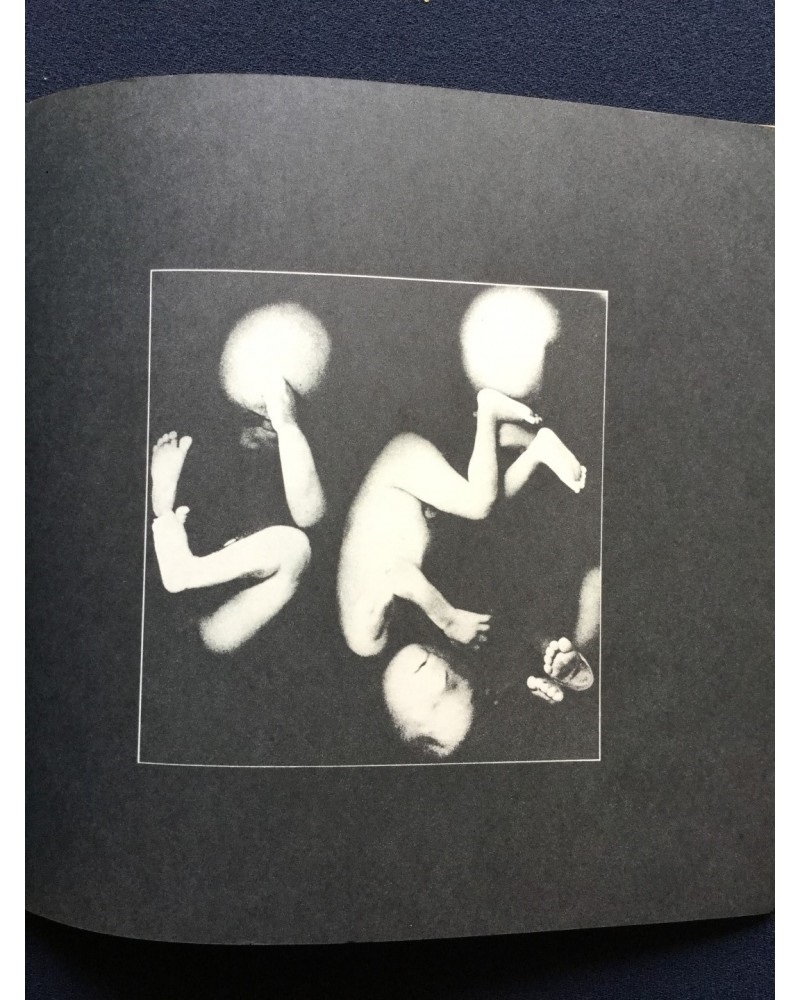
Fig. 7. Image from the edition of ‘Nippon gekijō shashinchō‘ (bakunen.com)
Are, Bure, Bokeh
Moriyama’s manner is often said to be similar to one of the ‘Provoke’ magazine he contributed to in 1969. The journal was founded in 1968 by photographers Yutaka Takanashi and Takuma Nakahira, critic Koji Taki, and writer Takahiko Okada. The subtitle reads: ‘shisō no tame no chōhatsuteki shiryō’ (Provocative documents for the sake of thought). Though Moriyama is associated with ‘Provoke,’ he joined the publication not from the start but in the second issue. His contribution took place in two numbers out of three. Despite the small print run and soon shutdown of the publication, it remains an influential document of the 1960s. Speaking of this journal, art historian Yuri Mitsuda describes the style of its’ visual content as ‘are, bure, boke,’ translated as grainy, blurry, and out-of-focus. This manner of photography predominated in Japan in the 1960s. As Makiko Wholey notes: ‘This ‘are, bure, boke’ style and the dark portrayal of postwar Japanese society lay in sharp contrast to the existing public imagery of the era. The magazine sought to be, in accordance with its namesake, a provocation to Japanese society and specifically its photographic culture, at the time mostly relegated to staid, European-style photojournalism and straightforward commercial photography. They sought to awaken and refresh the aesthetics of existing photography and question the increasingly commercial visual language of Japanese society following the havoc wreaked by war’ (moma.org).
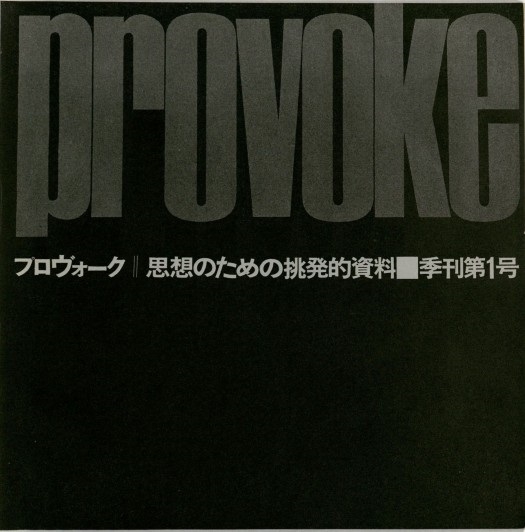
Fig. 8. Cover of ‘Provoke’ magazine (moma.org)
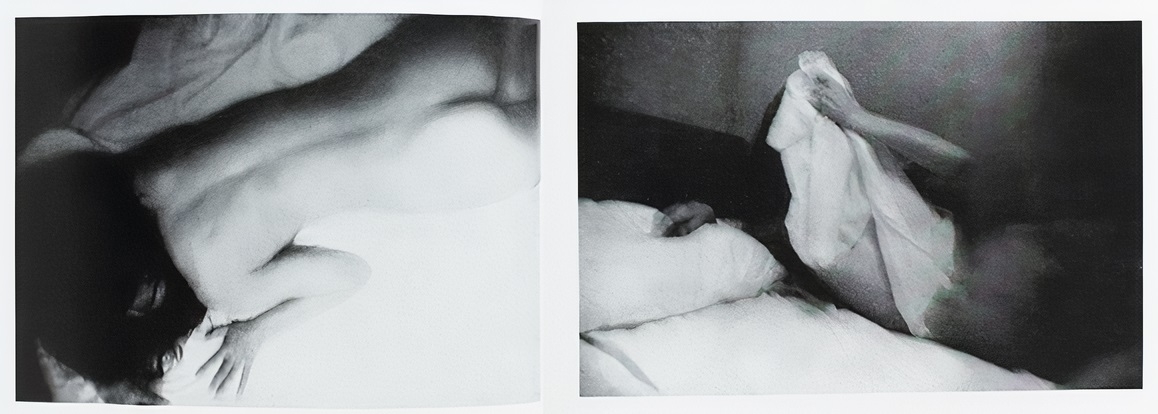
Fig. 9. The Provoke’s spread (shashasha.co)
Eroticism For the Sake of Thought
Moriyama’s attention to the sensual side of urban life can be seen as another way to provoke society, not by the form but by the content of his images. At the same time, the ‘Tights’ series is rightly compared to Hans Bellmer’s dolls in its’ concentration on the separate parts of the female body. Exposing the curves of flesh, choosing the right light and angle, Moriyama reaches the effect of palpability.
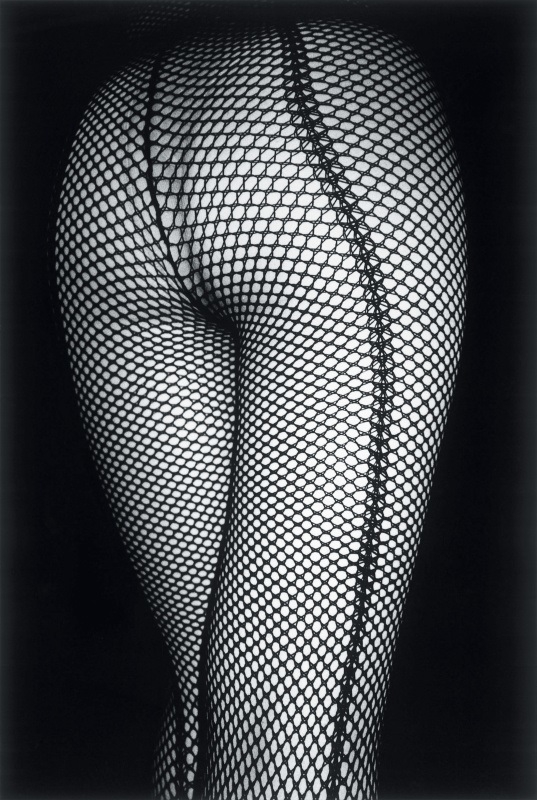
Fig. 10. ‘Tights’ (cobosocial.com)

Fig. 11. Tights’ (xitek.com)

Fig. 12. ‘Tights’ (ibashogallery.com)
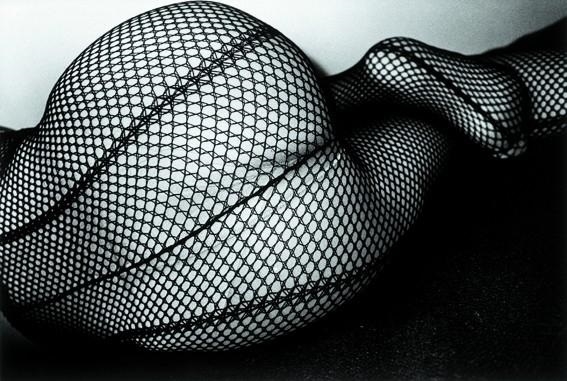
Fig. 13. ‘Tights’ (i2.kknews.cc)
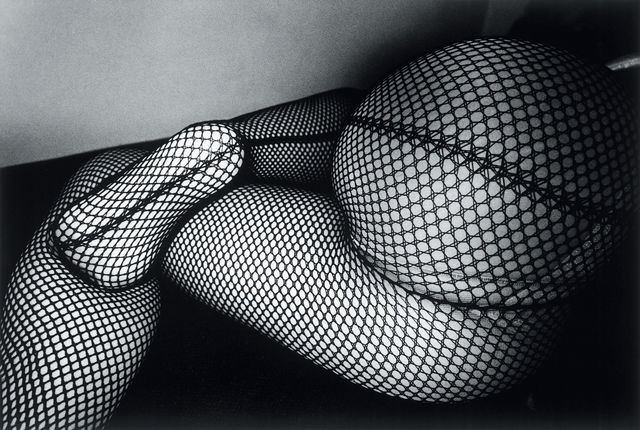
Fig. 14. ‘Tights’ (she.xitek.com)
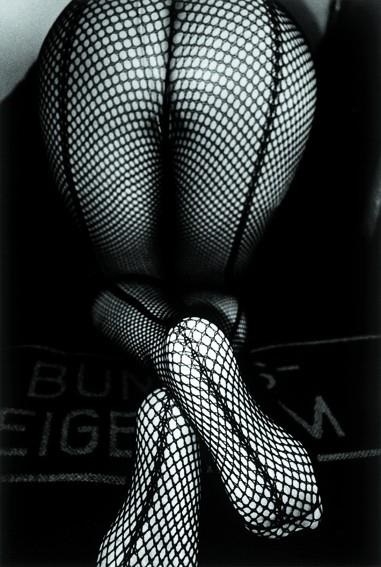
Fig. 15. ‘Tights’ (i2.kknews.cc)
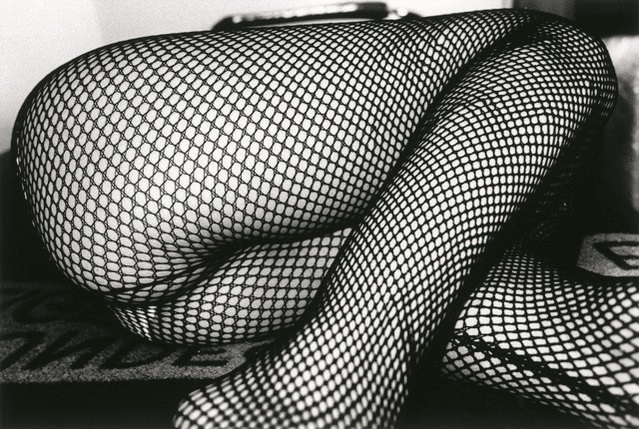
Fig. 16. ‘Tights’ (she.xitek.com)

Fig. 17. ‘Tights’ (luhringaugustine.com)
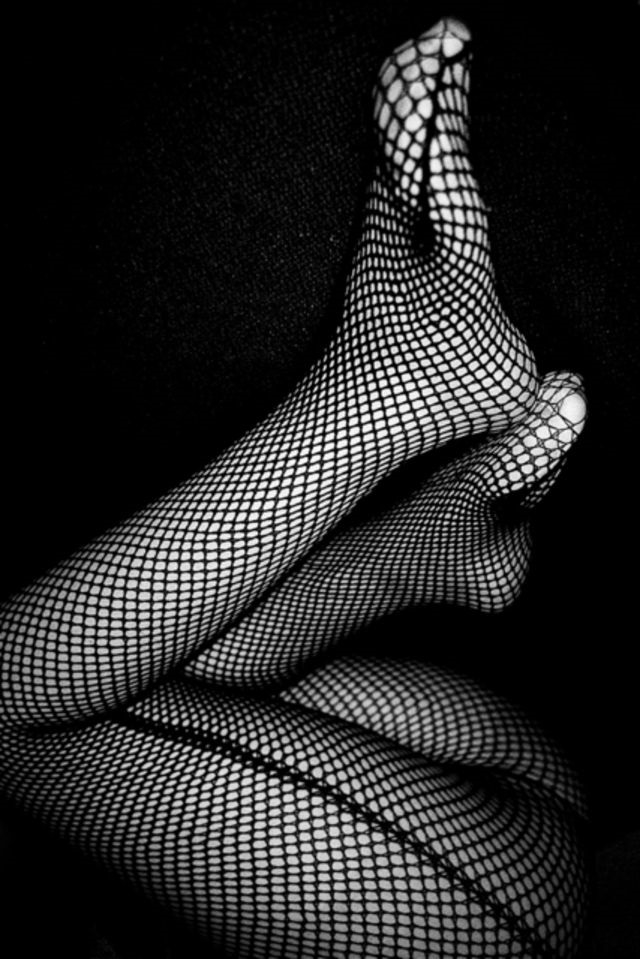
Fig. 18. ‘Tights’ (luhringaugustine.com)
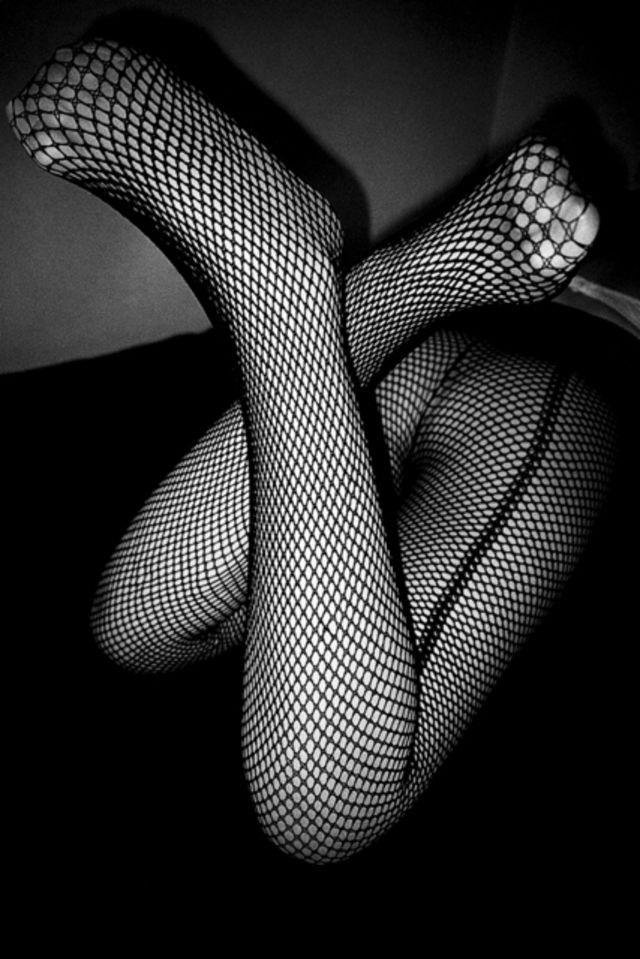
Fig. 19. ‘Tights’ (twitter.com)
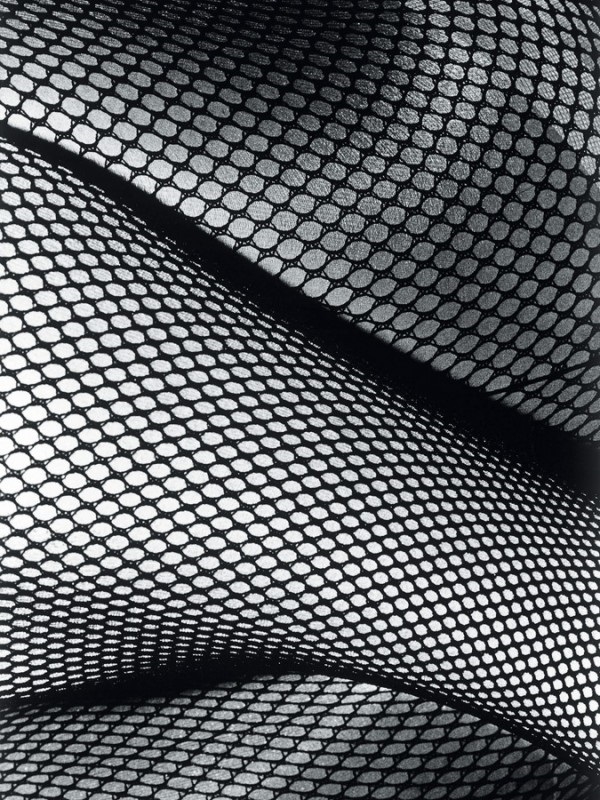
Fig. 20 ‘Tights’ (trendland.com)
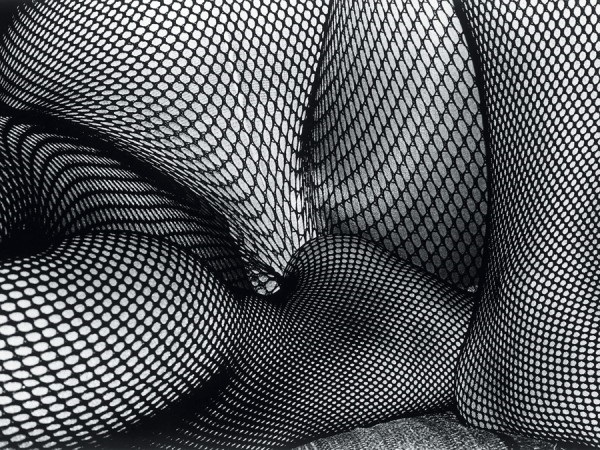
Fig. 21. ‘Tights’ (blogspot.com)
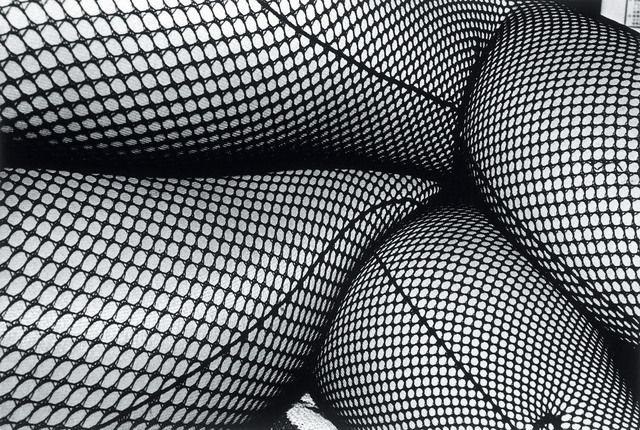
Fig. 22. ‘Tights’ (i1.kknews.cc)
Farewell, Photography!
This album of 1972 is the highest point of the ‘Provoke’ manner, demonstrating the agony of photography as a medium, which precisely reflects the reality. Moriyama uses high contrast, tilted horizons, increased graininess to complicate the process of watching and recognizing his works. Blurred images remind the viewer of a bunch of different cultural phenomena, from the footage at the dawn of cinema to the works of Francis Bacon, Andy Warhol, and Roy Lichtenstein. The photo-book was included in the several anthologies of XXth-century photography.
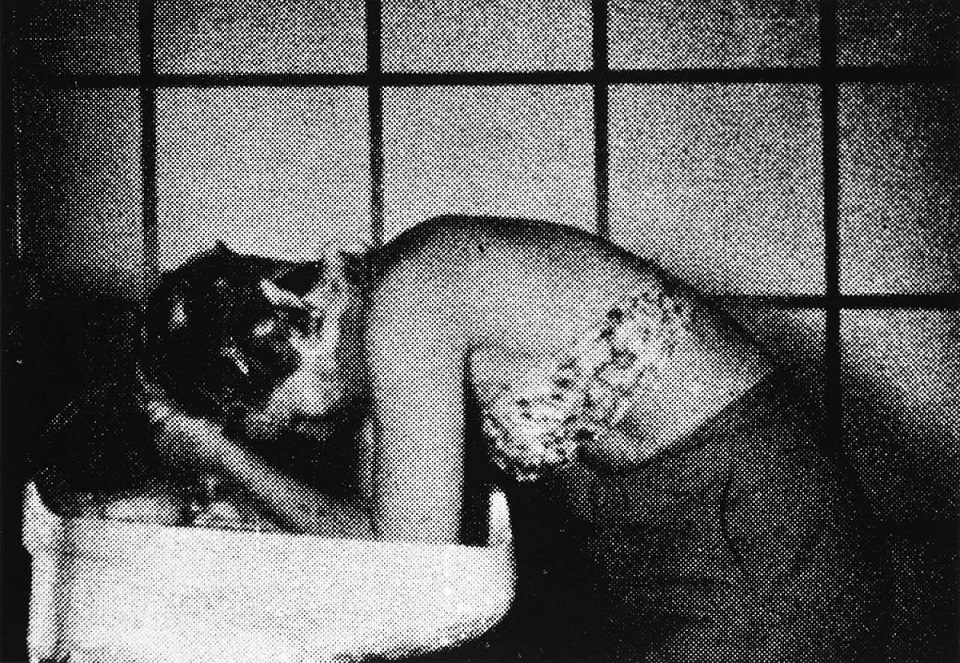
Fig. 23. Image from ‘Farewell, Photography!’ (positive-magazine.com)
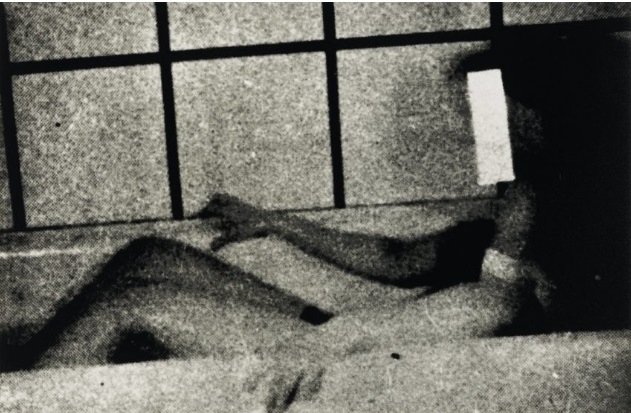
Fig. 24. Image from ‘Farewell, Photography!’ (sfmoma.org)
Sources and Inspiration
Daidō Moriyama is among the most prolific artists. His works published since 1968 amount to 150 books. Besides the images of Eikoh Hosoe and Takeji Iwamiya, Moriyama takes his inspiration from pop-art and even from Jack Kerouac’s novel ‘On the Road.’ Apparently, the constant motion, which the novel is, appears to be the most remarkable characteristic of Moriyama’s picture books, which take you on a trip down modern Tokyo.
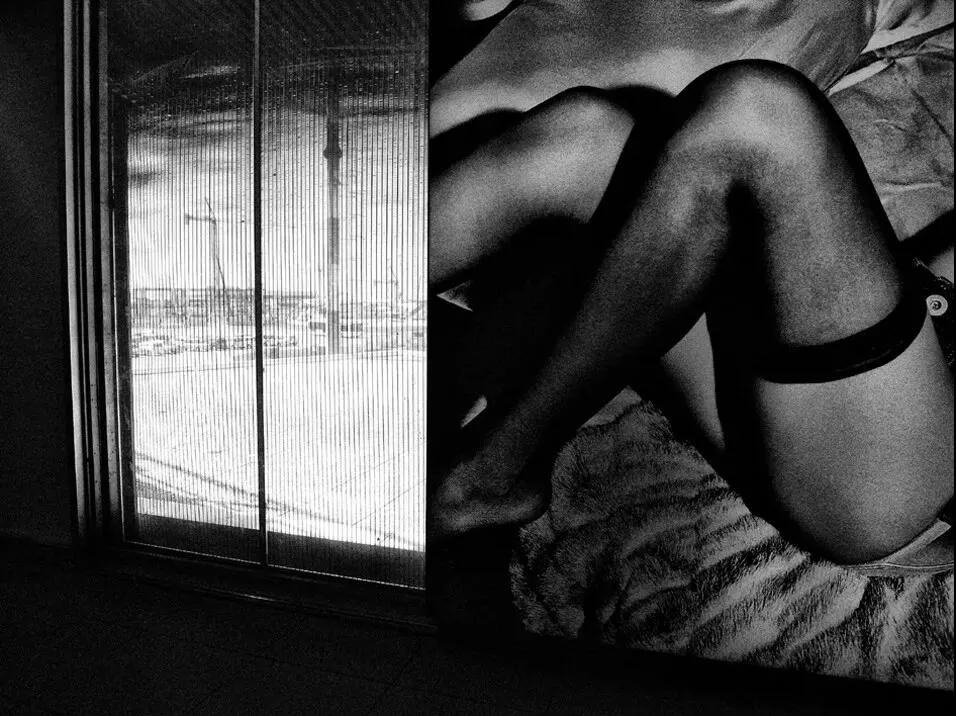
Fig. 25. cmscdn.xitek.com
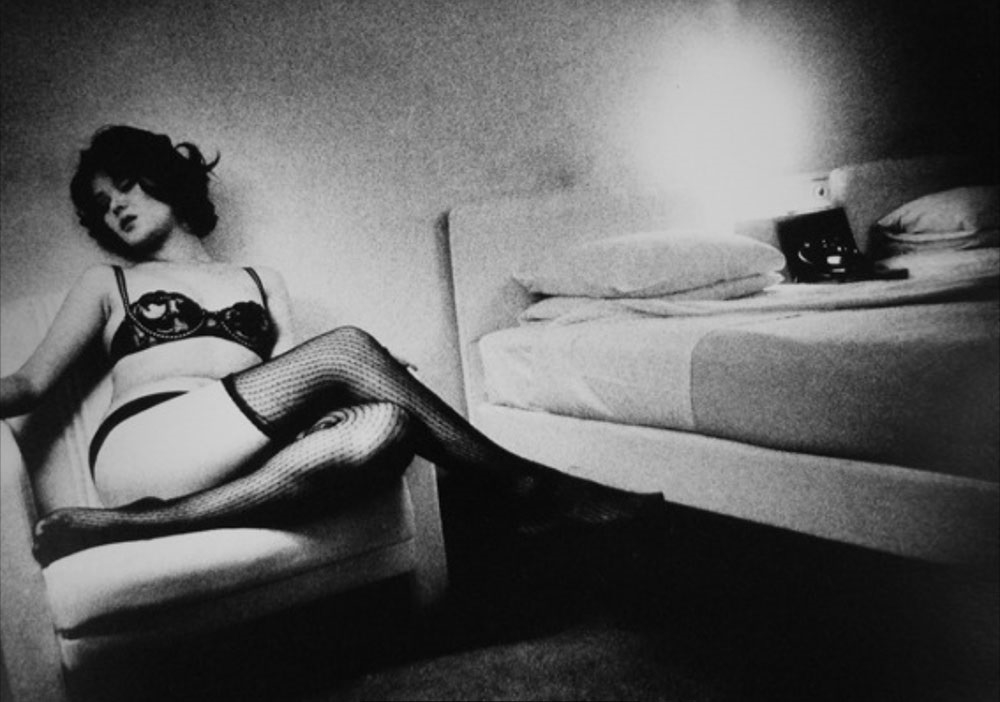
Fig. 26. cmscdn.xitek.com
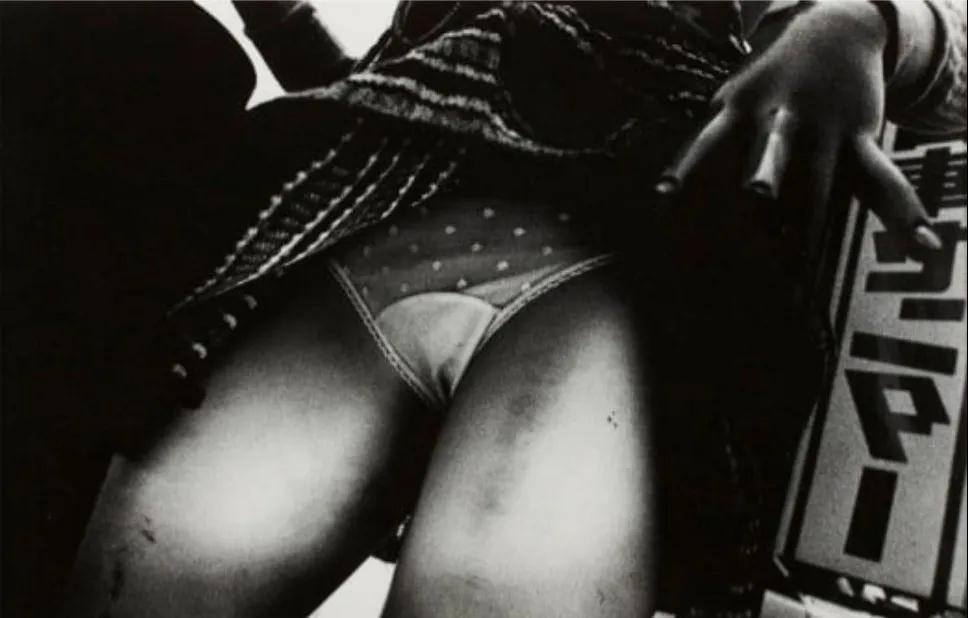
Fig. 27. cmscdn.xitek.com
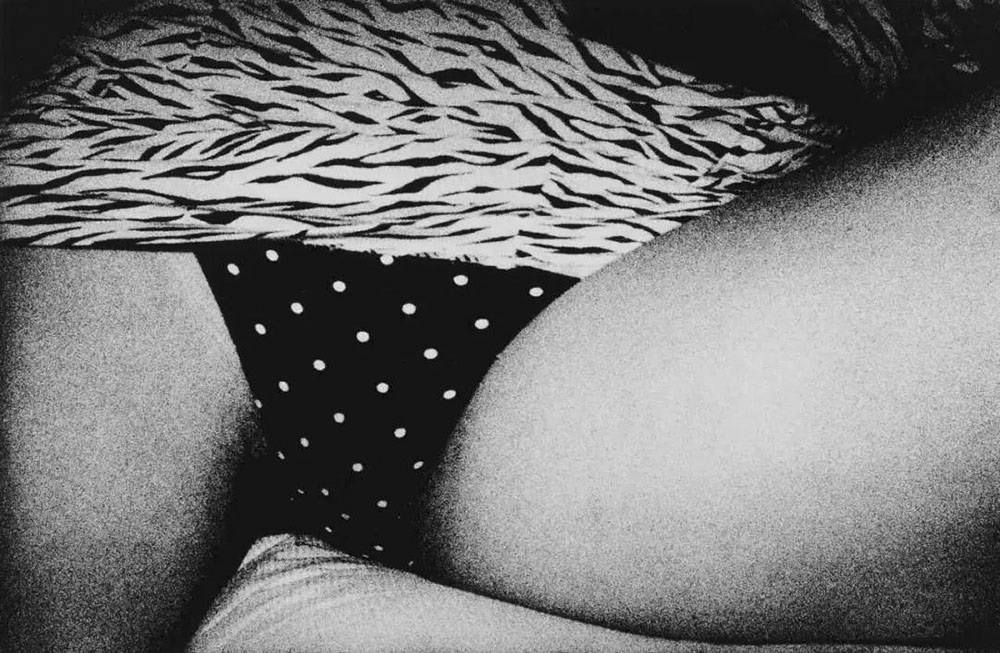
Fig. 28. cmscdn.xitek.com
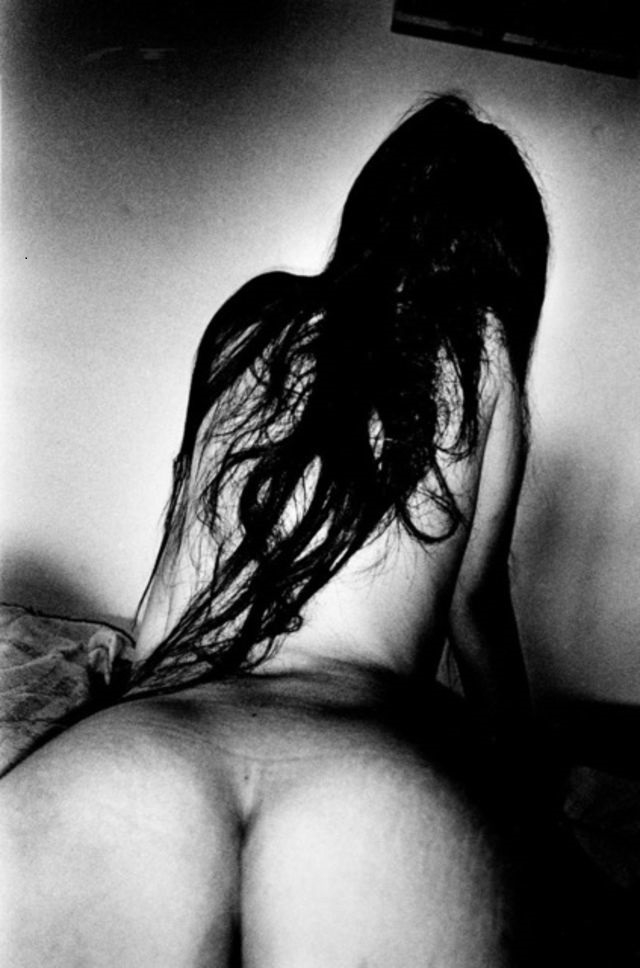
Fig. 29. ‘A Room,’ 1980 (cameralabs.org)
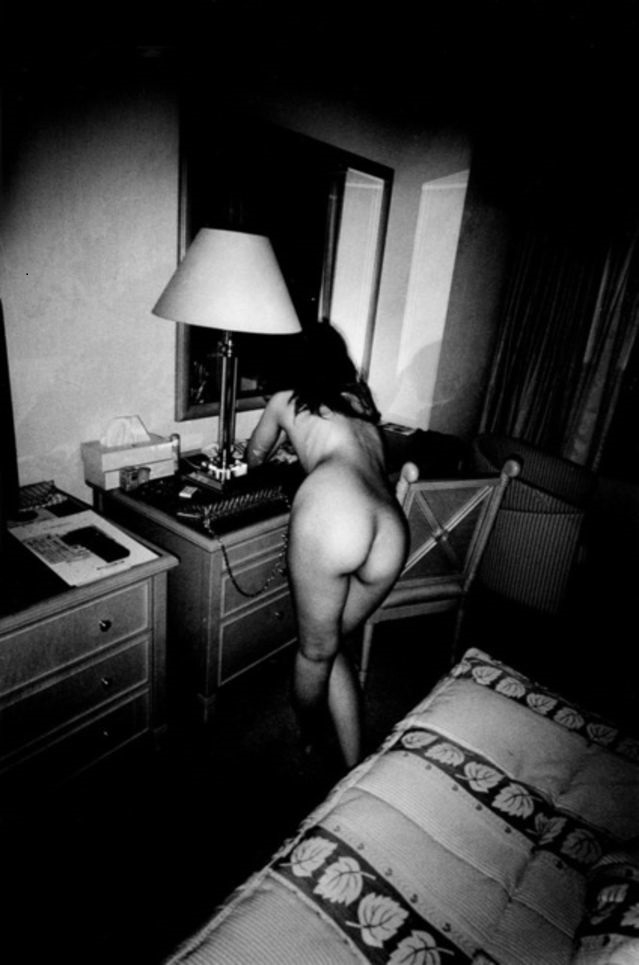
Fig. 30. ‘A Room,’ 1980 (cameralabs.org)
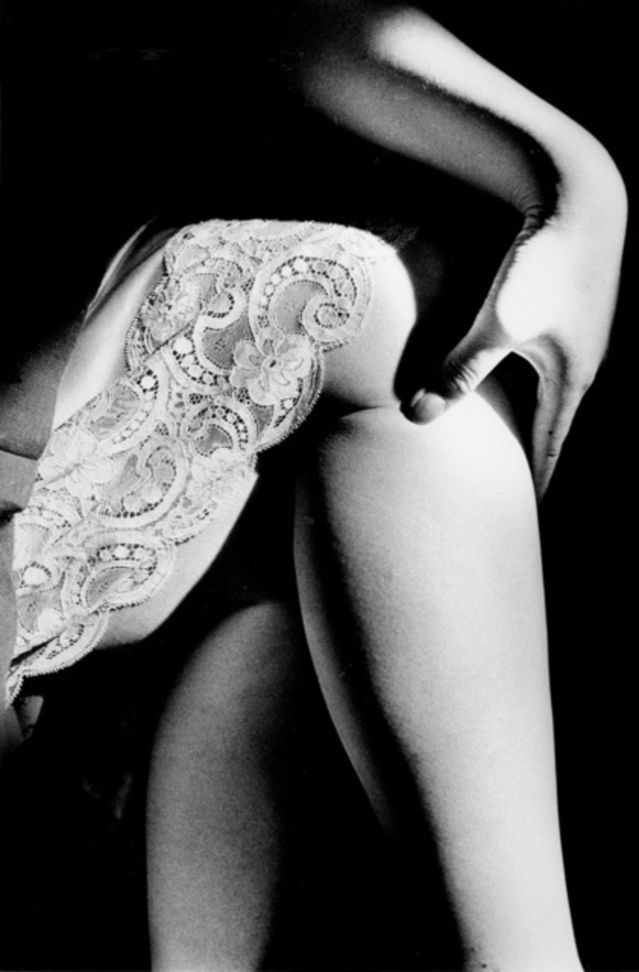
Fig. 31. ‘A Room,’ 1980 (cameralabs.org)
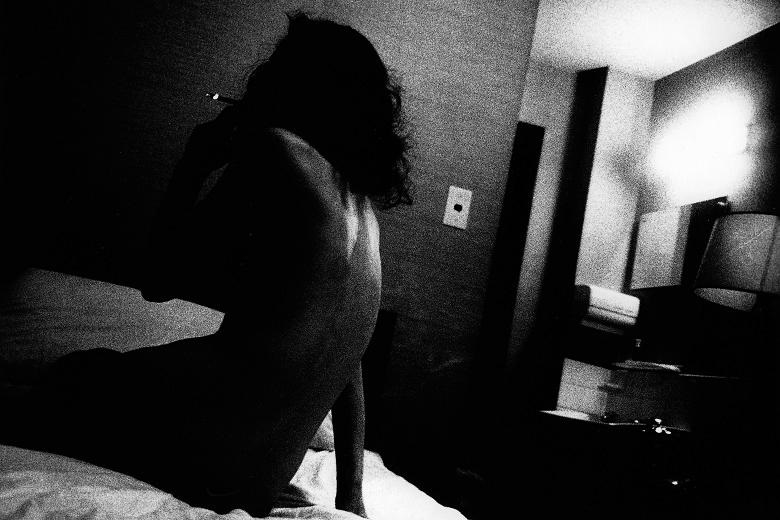
Fig. 32. ‘Provocation,’ 1969 (cameralabs.org)
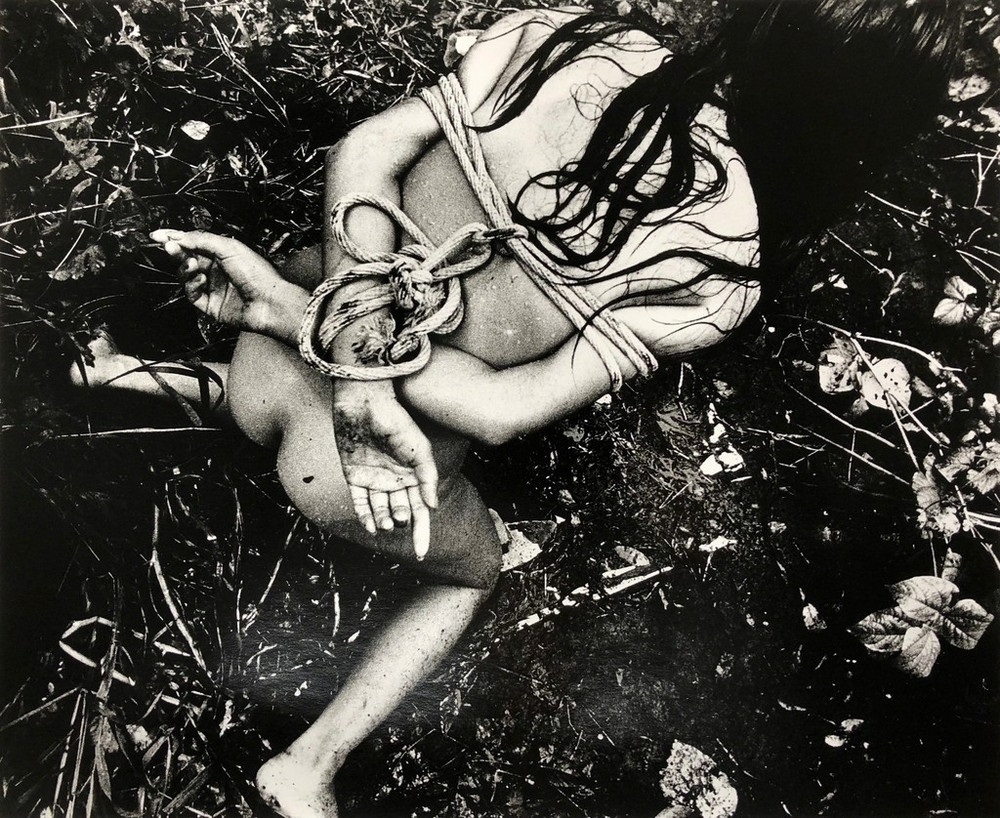
Fig. 33. ‘The Bait’ (cameralabs.org)
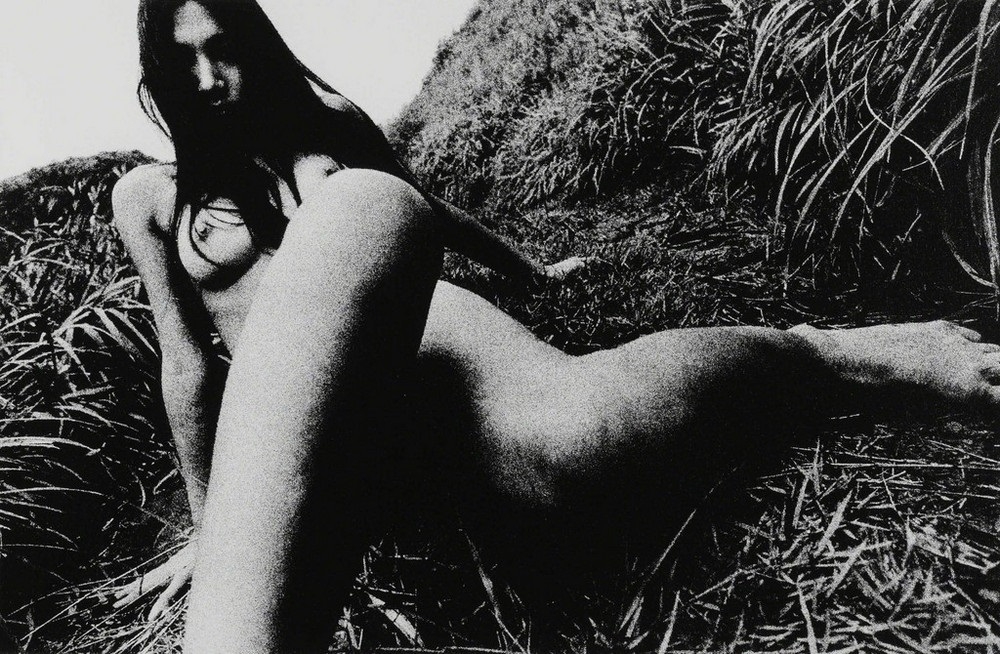
Fig. 34. ‘Kahero,’ 1972 (cameralabs.org)
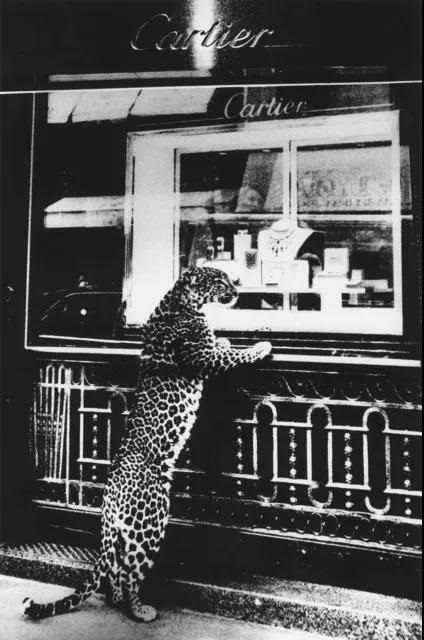
Fig. 35. Cartier, 2007 (cameralabs.org)
Sources: wikipedia.org; cobosocial.com; moma.org
Click HERE for an article on Moriyama’s mentor…!!
What do you think about the photography of Daidō Moriyama? Leave your reaction in the comment box below….!!
